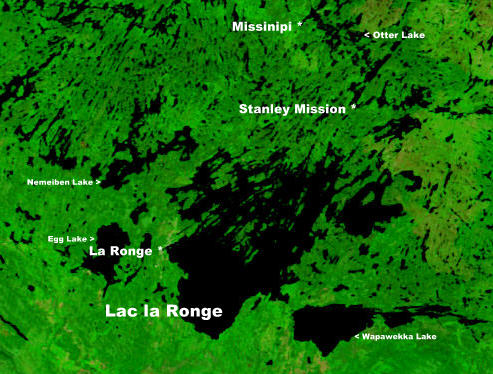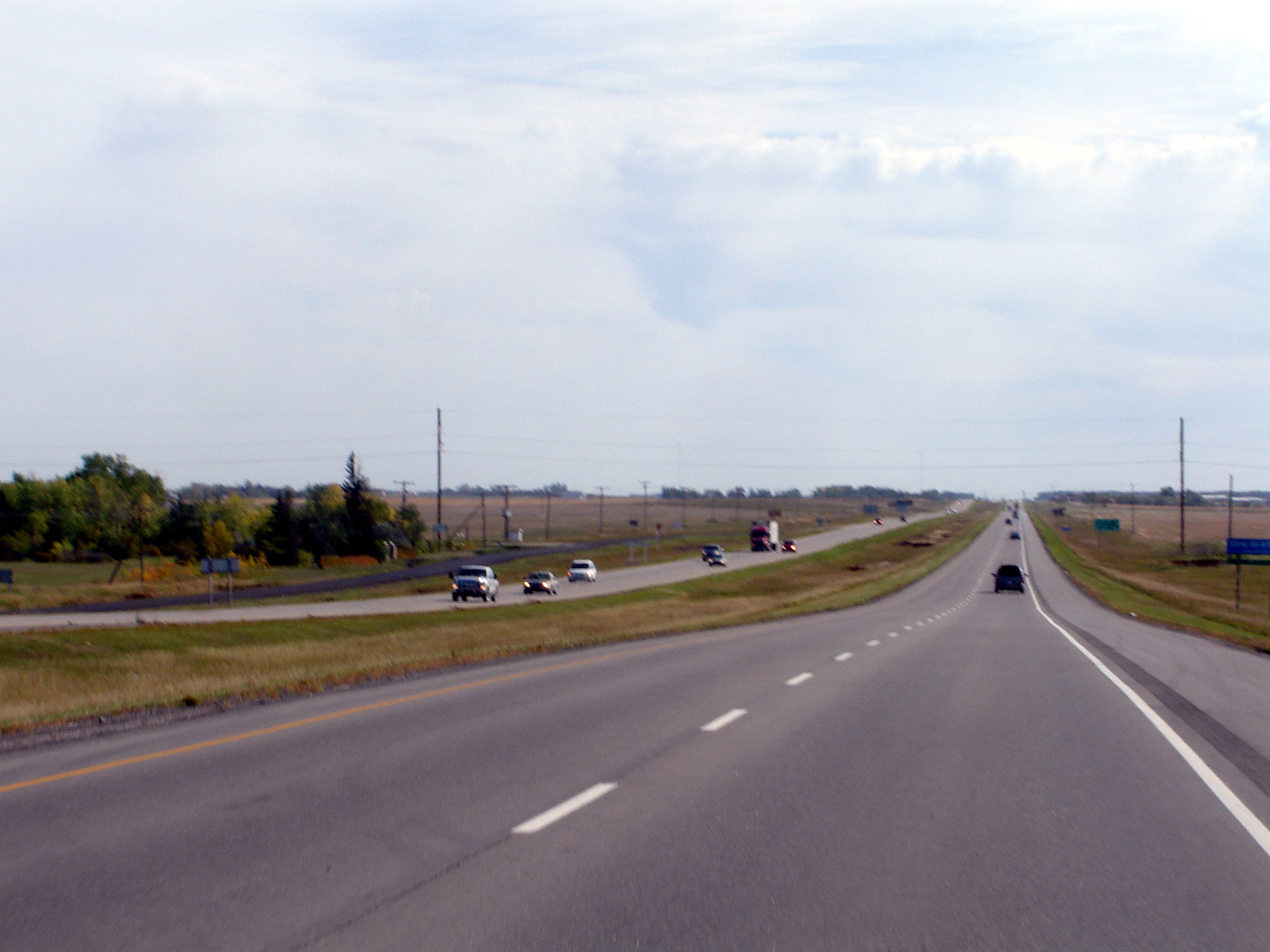|
Saskatchewan Highway 912
Highway 912 is a Numbered highways in Canada, provincial highway in the north-east region of the Provinces and territories of Canada, Canadian province of Saskatchewan. It runs from Saskatchewan Highway 913, Highway 913 near Narrow Hills Provincial Park to a dead end just within the borders of the Lac La Ronge Provincial Park. It is about long. See also * Roads in Saskatchewan * Transportation in Saskatchewan References Saskatchewan provincial highways, 912 {{Saskatchewan-road-stub ... [...More Info...] [...Related Items...] OR: [Wikipedia] [Google] [Baidu] |
Narrow Hills Provincial Park
Narrow Hills Provincial Park is a northern boreal forest provincial recreational park in the Canadian province of Saskatchewan. It is located in a hilly plateau called the Cub Hills and contains several recreational facilities and over 25 accessible lakes within its boundaries. The geographical features of the park, including the lakes, valleys, and lowlands were formed over 10,000 years ago during the last ice age. The town of Smeaton is the closest community and it is located to the south. The park was established in 1934 as Nipawin Provincial Forest (later renamed Nipawin Provincial Park), and was renamed Narrow Hills in the 1990s. The park's boundaries were also changed with the renaming. Hanson Lake Road, which begins at Smeaton, is the main highway through the park. Other highways in the park include 120, 913, and 920. Recreation Narrow Hills offers a variety of recreational facilities and opportunities. These include sport fishing, hiking, and camping. The park ... [...More Info...] [...Related Items...] OR: [Wikipedia] [Google] [Baidu] |
Lac La Ronge Provincial Park
Lac La Ronge Provincial Park is located in the boreal forest of the north central part of the Canadian province of Saskatchewan within the Canadian Shield. Situated in the Churchill River system, this provincial park has close to 100 lakes and more than 30 canoe routes, many of which follow old fur trade routes. Summer activities include camping, hiking, boating, fishing, and swimming. In the winter, there's cross-country skiing, snowmobiling, and ice fishing. Saskatchewan's highest waterfall is in the park. Nistowiak Falls are located north of Lac La Ronge along the Rapid River. A little more than half of Lac La Ronge Provincial Park's area is water with Lac la Ronge being the largest lake. The park boundary begins on the western shore of Lac la Ronge at La Ronge and extends north to the Churchill River. Highway 102 forms this western boundary with one exception. 13 km (8 miles) north of the town of La Ronge the park goes further west to include a section of Nemeibe ... [...More Info...] [...Related Items...] OR: [Wikipedia] [Google] [Baidu] |
Numbered Highways In Canada
Numbered highways in Canada are split by province, and a majority are maintained by their province or territory transportation department. All highways in Canada are numbered except for three in the Northwest Territories, one in Alberta, one in Ontario, and one in Quebec. Ontario's 7000 series are not marked with their highway number but have been assigned one by the Ministry of Transportation. A number of highways in all provinces are better known locally by their name rather than their number. Some highways have additional letters added to their number: A is typically an alternate route, B is typically a business route, and other letters are used for bypass (truck) routes, connector routes, scenic routes, and spur routes. The territory of Nunavut has no highways. Classifications This is a breakdown of the classifications of highways in each province, and an example shield of each classification where available. Trans-Canada The Trans-Canada Highway crosses all provinces o ... [...More Info...] [...Related Items...] OR: [Wikipedia] [Google] [Baidu] |
Provinces And Territories Of Canada
Within the geographical areas of Canada, the ten provinces and three territories are sub-national administrative divisions under the jurisdiction of the Canadian Constitution. In the 1867 Canadian Confederation, three provinces of British North America—New Brunswick, Nova Scotia, and the Province of Canada (which upon Confederation was divided into Ontario and Quebec)—united to form a federation, becoming a fully independent country over the next century. Over its history, Canada's international borders have changed several times as it has added territories and provinces, making it the world's second-largest country by area. The major difference between a Canadian province and a territory is that provinces receive their power and authority from the ''Constitution Act, 1867'' (formerly called the ''British North America Act, 1867''), whereas territorial governments are creatures of statute with powers delegated to them by the Parliament of Canada. The powers flowing from t ... [...More Info...] [...Related Items...] OR: [Wikipedia] [Google] [Baidu] |
Saskatchewan
Saskatchewan ( ; ) is a Provinces and territories of Canada, province in Western Canada, western Canada, bordered on the west by Alberta, on the north by the Northwest Territories, on the east by Manitoba, to the northeast by Nunavut, and on the south by the United States, U.S. states of Montana and North Dakota. Saskatchewan and Alberta are the only landlocked provinces of Canada. In 2022, Saskatchewan's population was estimated at 1,205,119. Nearly 10% of Saskatchewan’s total area of is fresh water, mostly rivers, reservoirs and List of lakes in Saskatchewan, lakes. Residents primarily live in the southern prairie half of the province, while the northern half is mostly forested and sparsely populated. Roughly half live in the province's largest city Saskatoon or the provincial capital Regina, Saskatchewan, Regina. Other notable cities include Prince Albert, Saskatchewan, Prince Albert, Moose Jaw, Yorkton, Swift Current, North Battleford, Melfort, Saskatchewan, Melfort, and ... [...More Info...] [...Related Items...] OR: [Wikipedia] [Google] [Baidu] |
Saskatchewan Highway 913
Highway 913 is a provincial highway in the Canadian province of Saskatchewan. It runs from Highway 120 to the Hanson Lake Road. The southern terminus of the highway is north of Candle Lake Provincial Park, and the northern terminus is within the Narrow Hills Provincial Park and north from the Narrow Hills Provincial Park campground area. It is about long and connects with Highway 963 and has a concurrency with Highway 912 for . The highway is gravel for its whole length. The area is entirely boreal forest sporting evergreens, poplar and birch along the route. The highway begins by circumventing the western perimeter of White Gull Lake and then meanders around the south-eastern coastline of Whiteswan Lakes before turning east into the Cub Hills. White Swan Lake is home to a provincial recreation site, White Swan Lake Resort, Nature's Haven Lodge and cottages. The highway ends in the heart of Narrow Hills Provincial Park. Route description Route 913 begins at an inters ... [...More Info...] [...Related Items...] OR: [Wikipedia] [Google] [Baidu] |
Roads In Saskatchewan
Saskatchewan, the middle of Canada's three prairie provinces, has an area of and population of 1,150,632 (according to 2016 estimates), mostly living in the southern half of the province. Currently Ministry of Highways and Infrastructure operates over 26,000 km of highways and divided highways, over 800 bridges, 12 separate ferries, one barge. There are also municipal roads which comprise different surfaces. Asphalt concrete pavements comprise almost 9,000 km, granular pavement almost 5,000 km, non structural or thin membrane surface TMS are close to 7,000 km and finally gravel highways make up over 5,600 km through the province. TMS roads are maintained by the provincial government department: Saskatchewan Highways and Transportation. In the northern sector, ice roads which can only be navigated in the winter months comprise another approximately 150 km of travel. Dirt roads also still exist in rural areas and would be maintained by the local resi ... [...More Info...] [...Related Items...] OR: [Wikipedia] [Google] [Baidu] |
Transportation In Saskatchewan
Transport in Saskatchewan includes an infrastructure system of roads, highways, freeways, airports, ferries, pipelines, trails, waterways, and railway systems serving a population of approximately 1,098,352 (according to 2016 census) inhabitants year-round. It is funded primarily with local, rural municipality, and federal government funds. History Early European settlers and explorers in Canada introduced the wheel to North America's Aboriginal peoples, who relied on canoes, york boat, bateaux, and kayaks, in addition to the snowshoe, toboggan, and sled in winter. Europeans adopted these technologies as Europeans pushed deeper into the continent's interior, and were thus able to travel via the waterways that fed from the St. Lawrence River Great Lakes route and Hudson Bay Churchill River route and then across land to Saskatchewan. In the 19th century and early 20th century transportation relied on harnessing oxen to Red River carts or horse to wagon. Maritime transportatio ... [...More Info...] [...Related Items...] OR: [Wikipedia] [Google] [Baidu] |


